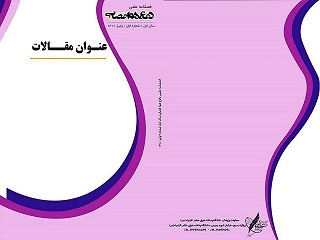Document Type : Original Article
Author
Faculty member of Air Defense University
Abstract
In this paper, the generation of the second harmonic due to the propagation of a short laser pulse in a low-density cold plasma in the presence of a Wiegler magnetic field is investigated with respect to successive collisions and reflections. Using a non-magnetic isotropic plasma, only odd harmonics can be produced. Tthe nonlinear Lorentz forces can be strengthened, which creates a transverse gradient in the electron number density, which is one of the factors producing even harmonics Next, using the perturbation theory, the components of the first and second harmonic electric field are calculated up to the first order of perturbation, and the effect of successive reflections on the amplitude of the first and second harmonic electric field, as well as the reflected power efficiency of the second harmonic, is investigated, and conclusions are drawn by analyzing the desired relationships and drawing the desired graphs.. Finally, the behavior of the harmonic field amplitude for zeroth and first order perturbation in the plasma blade is investigated for different cases and their changes are plotted in terms of different parameters and the results and optimal conditions for different applications are discussed and suggestions are made. This technology can revolutionize laser systems, electronic warfare, advanced radars, and aerospace defense in the near future. Its combination with nonlinear plasmas and the Wiggler magnetic field allows the generation and guidance of electromagnetic waves that can be effective in countering modern threats such as hypersonic missiles, stealth drones, and hostile space systems.
Keywords
Main Subjects

